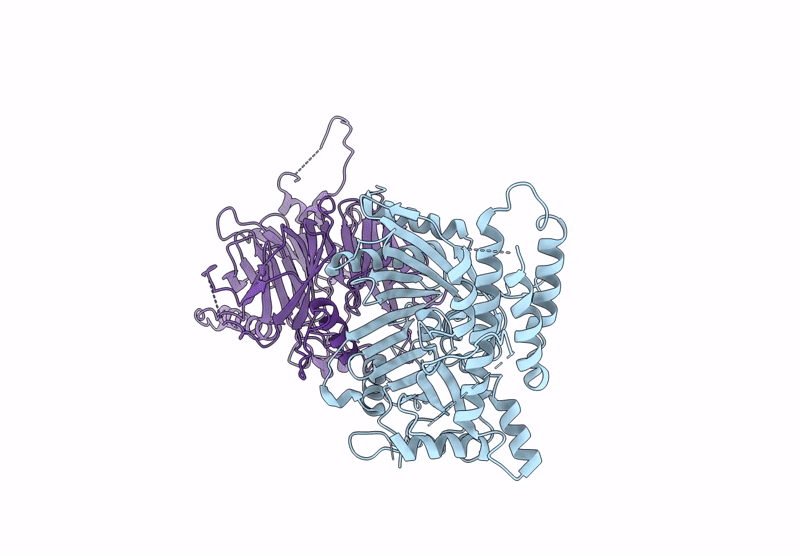
Deposition Date
2024-02-07
Release Date
2025-01-15
Last Version Date
2025-01-15
Method Details:
Experimental Method:
Resolution:
3.37 Å
Aggregation State:
PARTICLE
Reconstruction Method:
SINGLE PARTICLE


